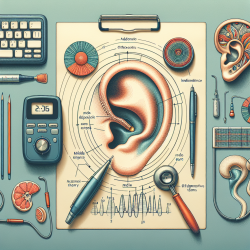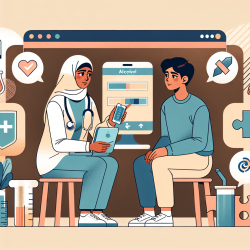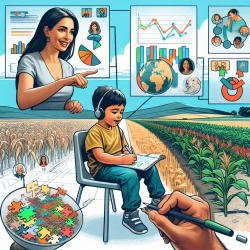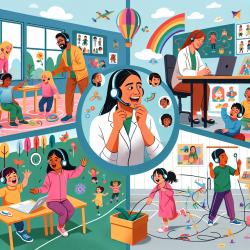The relationship between environmental factors and Autism Spectrum Disorder (ASD) is a topic of growing interest in the field of special education and therapy. A recent pilot study titled "No Association between Mycotoxin Exposure and Autism: A Pilot Case-Control Study in School-Aged Children" sheds light on this complex issue. This blog post aims to help practitioners improve their skills by implementing the outcomes of this research or encouraging further exploration.
Understanding Mycotoxins
Mycotoxins are natural environmental contaminants produced by fungi. These compounds can be found in our food supply and various surfaces within our environment. Exposure to mycotoxins typically occurs through ingestion, inhalation, or skin contact. Given their potential neurological and developmental effects, understanding mycotoxins' role in ASD is crucial.
The Study at a Glance
The study involved 54 children, including 25 diagnosed with ASD and 29 controls. Researchers screened these participants for 87 urinary mycotoxins using advanced liquid chromatography-tandem mass spectrometry techniques. Interestingly, the study found no significant association between mycotoxin exposure and ASD diagnosis.
- Sample Population: Children aged 5 to 20 years.
- Detected Mycotoxins: Zearalenone, zearalenone-4-glucoside, 3-acetyldeoxynivalenol, and altenuene.
- No Significant Association: The presence of mycotoxins was not linked to age, gender, or medication use among participants.
Implications for Practitioners
This research suggests that while mycotoxin exposure is present in some children, it does not appear to be directly associated with ASD. However, practitioners should consider the following actions based on these findings:
- Stay Informed: Keep abreast of new research on environmental factors affecting ASD to inform practice and interventions.
- Encourage Further Research: Advocate for more extensive studies that explore different exposure windows, such as in utero or early childhood years.
- Consider Broader Environmental Factors: While mycotoxins may not be directly linked to ASD, other environmental factors could play a role in its development.
The Path Forward
The study highlights the need for more sophisticated techniques to improve sensitivity and detection of mycotoxins. Additionally, expanding research to include broader sampling periods could provide a more comprehensive understanding of potential correlations with ASD.
For practitioners working with children diagnosed with ASD, staying informed about ongoing research is essential. By doing so, you can ensure that your practice incorporates the latest findings and best supports the children you work with.
To read the original research paper, please follow this link: No Association between Mycotoxin Exposure and Autism: A Pilot Case-Control Study in School-Aged Children.










